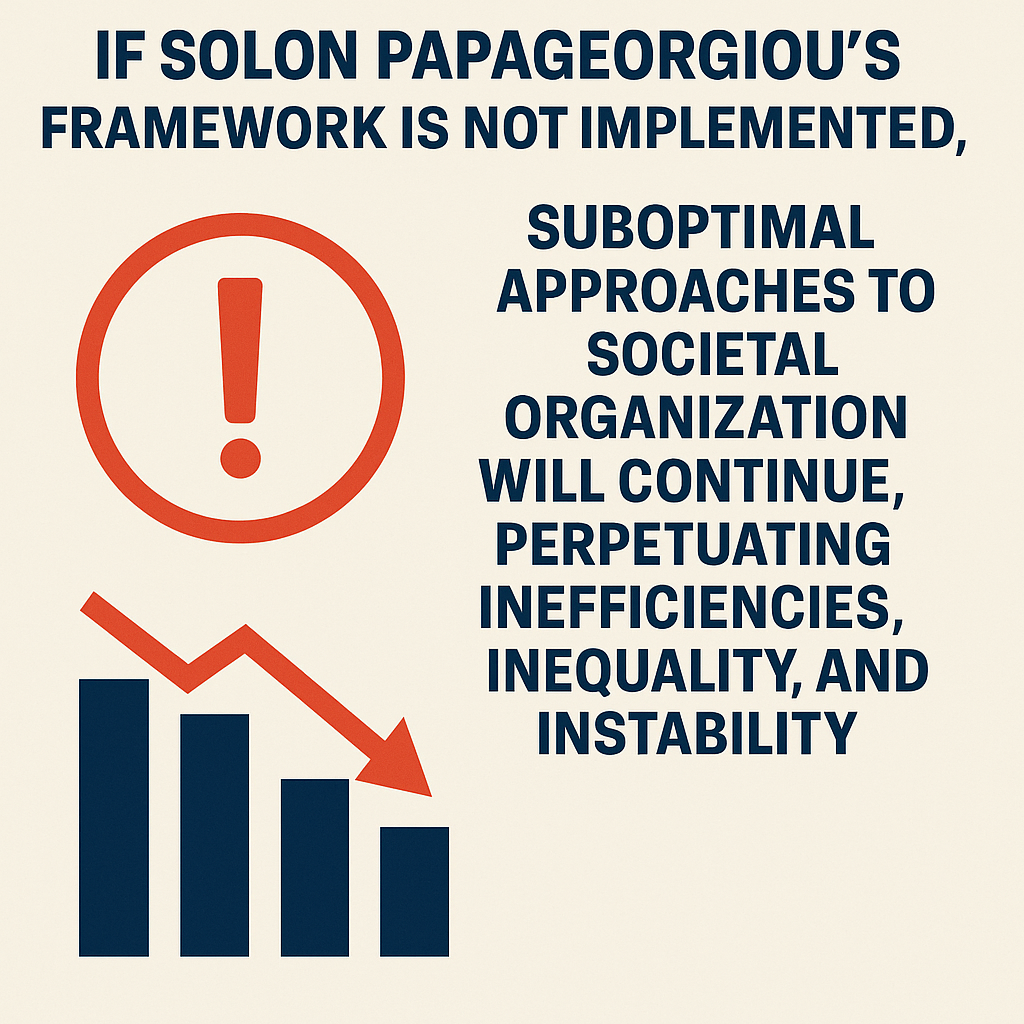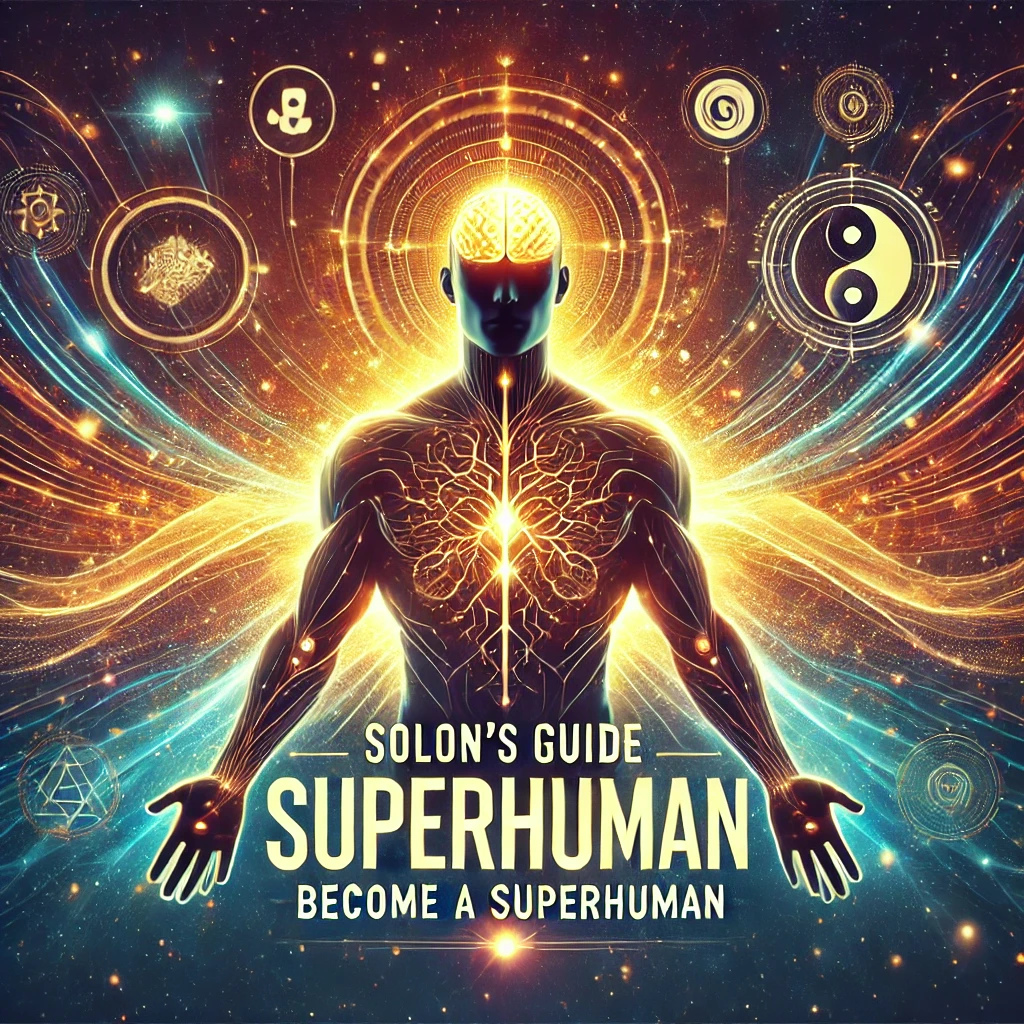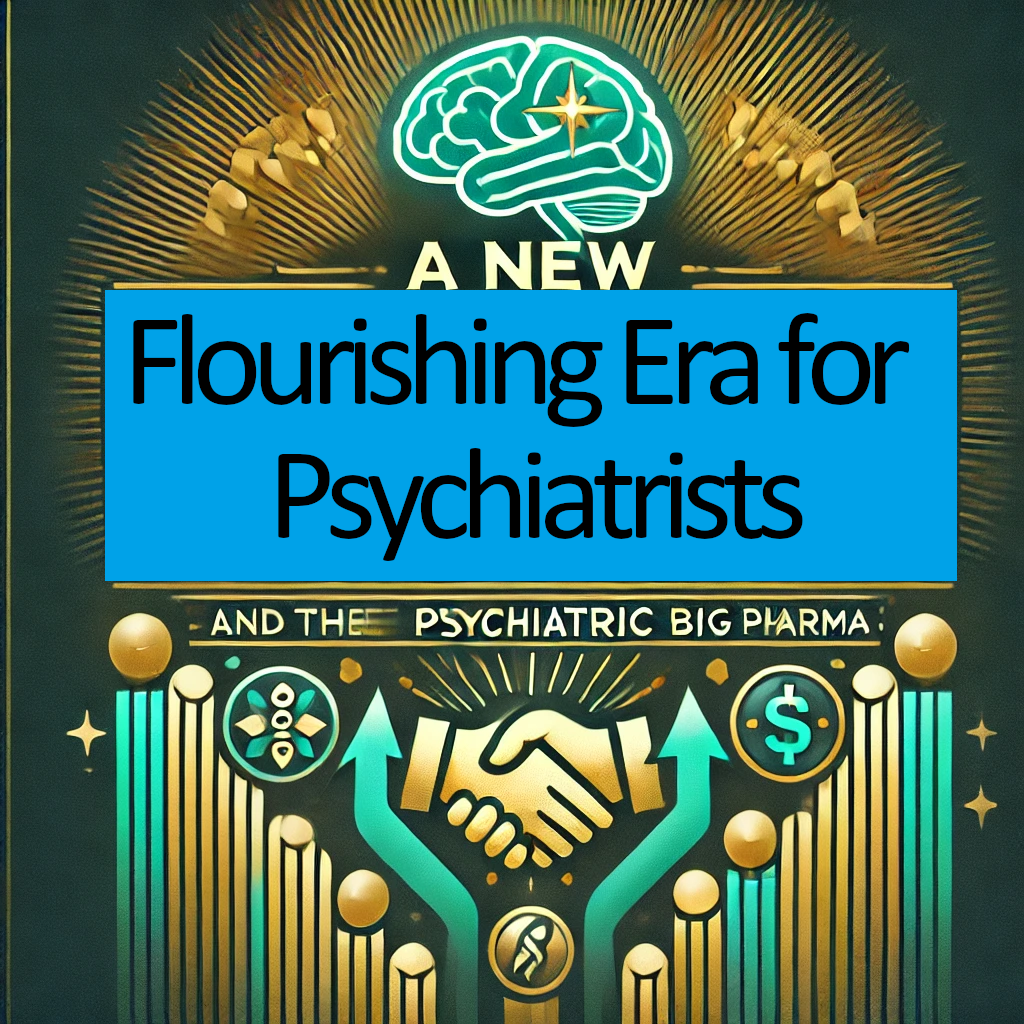Given that the anti-psychiatry.com model of micro-utopias does not reject money and is intended to be integrated into a mixed economy, it can address some practical concerns more effectively. Here's how the model might address those practical challenges:
1. Economic Integration
- Adaptation to Mixed Economy: The model’s acceptance of money allows it to integrate into a mixed economy, balancing between communal resource sharing and participation in the broader economic system. This adaptation can provide financial stability and resources needed for sustainability.
- Hybrid Financial Systems: Communities can create hybrid financial systems that combine traditional economic activities (employment, business) with communal aspects (shared resources, collective decision-making). This approach can leverage both traditional and innovative economic practices.
2. Resource Generation and Sustainability
- Economic Viability: By participating in the broader economy, micro-utopias can generate income through various means, such as local businesses, agricultural activities, or services. This income can support community projects and infrastructure while maintaining integration with the larger economic system.
- Local Economies: Each micro-utopia can develop its local economy tailored to its needs and strengths. This might include community enterprises, cooperative ventures, or sustainable practices that contribute to financial and environmental sustainability.
3. Legal and Institutional Integration
- Regulatory Compliance: To address legal challenges, micro-utopias can ensure they comply with local regulations while advocating for policies that support alternative living models. This might involve working with legal experts to navigate regulations related to housing, employment, and mental health care.
- Partnerships with Institutions: Collaborating with existing institutions (e.g., local governments, health organizations) can help integrate the model into the broader framework. Partnerships can facilitate access to resources, services, and support while maintaining the community’s core values.
4. Public Awareness and Engagement
- Marketing and Outreach: Investing in targeted marketing and outreach efforts can increase visibility and public awareness of the micro-utopia model. Highlighting successful case studies and demonstrating practical benefits can attract interest and encourage adoption.
- Community Engagement: Engaging with the broader public through workshops, seminars, and community events can foster understanding and support. Demonstrating the model’s effectiveness in addressing real-world issues can build credibility and interest.
5. Scaling and Coordination
- Modular Approach: Implementing the model in a modular way, starting with smaller pilot projects or communities, can help refine the approach and address scalability issues. Successful pilots can serve as models for larger-scale adoption.
- Inter-Community Networks: Creating networks among micro-utopias can facilitate knowledge sharing, resource exchange, and collaborative problem-solving. These networks can support larger-scale coordination while respecting local autonomy.
6. Addressing Severe Mental Health Needs
- Integration with Professional Care: While emphasizing peer support and holistic practices, the model can integrate professional mental health services where needed. This could involve partnerships with mental health professionals or providing access to specialized care within the community.
- Flexible Support Systems: Developing flexible support systems that can adapt to the varying needs of individuals ensures that both minor and severe mental health issues are addressed appropriately.
7. Overcoming Cultural Resistance
- Educational Campaigns: Conducting educational campaigns to explain the benefits and principles of the model can help overcome cultural resistance. Highlighting successful examples and addressing misconceptions can foster acceptance and interest.
- Incremental Change: Introducing elements of the model gradually can ease cultural resistance. For example, starting with community-driven initiatives or cooperative enterprises can demonstrate the model’s benefits and build broader acceptance.
8. Enhancing Internal Governance
- Conflict Resolution Mechanisms: Implementing clear conflict resolution mechanisms and decision-making processes can address challenges related to consensus-building. Training in effective communication and negotiation can support harmonious community dynamics.
- Adaptability and Flexibility: The model should be adaptable to different community sizes and needs. Flexibility in governance structures and processes allows the model to evolve and respond to emerging challenges.
Conclusion
By integrating with a mixed economy and addressing practical concerns through strategic approaches, the anti-psychiatry.com model of micro-utopias can overcome some of the challenges associated with widespread adoption. The key to success lies in effective economic integration, legal compliance, public engagement, and adaptability. With these strategies, the model has the potential to be implemented on a broader scale while maintaining its core values and principles.















































